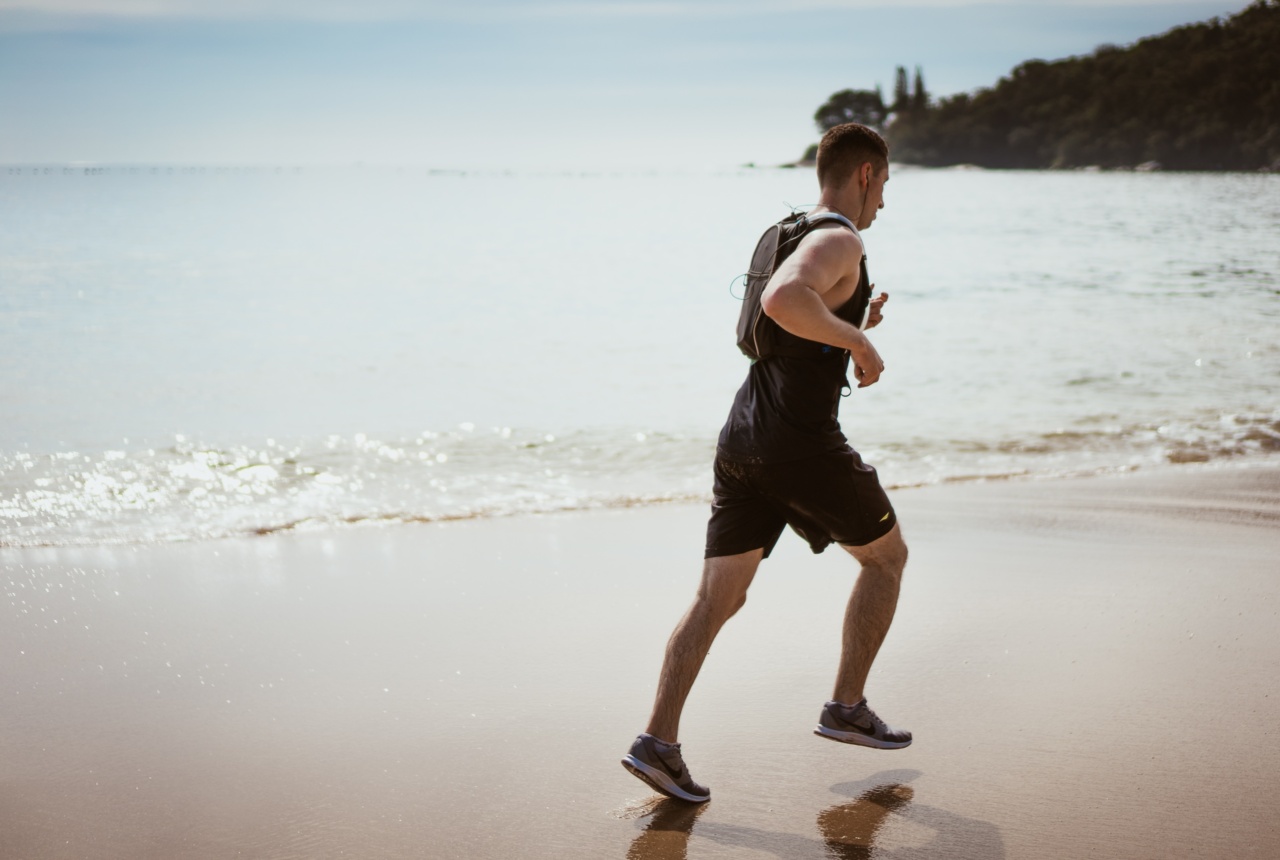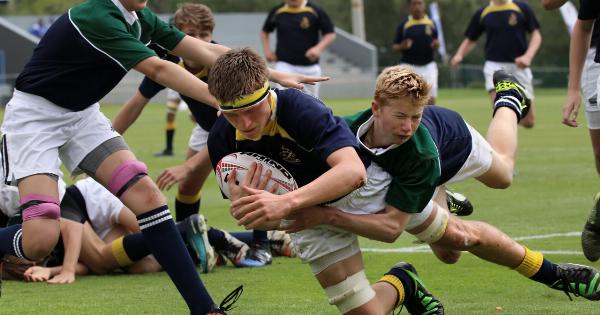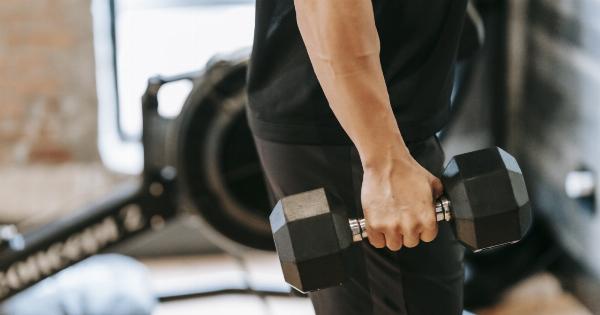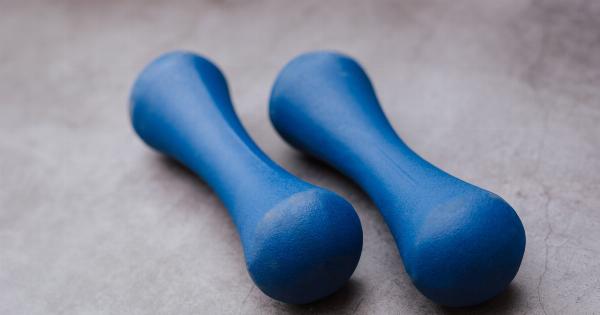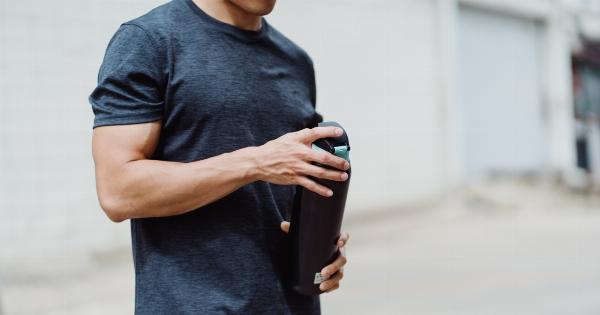Athlete hernia, also known as sports hernia or inguinal disruption, is a common injury among athletes that involves tearing of the soft tissues in the groin area.
It mostly affects athletes who participate in high-intensity sports such as football, soccer, hockey, and track and field, among others.
The summer season is a time when most athletes engage in outdoor activities, and it is essential to take precautionary measures to prevent aggravating a hernia injury. In this article, we will discuss ways to help heal athlete hernia during the summer.
1. Rest and Recovery
Rest and recovery are the most crucial steps in healing athlete hernia. Avoid any activity that exacerbates the injury as it may result in further damage and prolong healing time.
Resting allows the body to regenerate the damaged tissues and prevent further strain to the muscles in the groin area.
During the summer season, athletes can take advantage of the warm weather to engage in low-intensity activities such as swimming, jogging, or walking to remain active without straining the affected groin area.
Additionally, getting adequate rest and sleep promotes faster healing and recovery.
2. Physiotherapy and Stretching
Physiotherapy and stretching exercises strengthen the muscles around the affected area, enhance flexibility, and promote faster healing.
A physiotherapist will assess the injury and design a customized exercise plan that takes into account the athlete’s fitness level and the extent of the injury.
Stretching exercises such as groin stretches, hip flexor stretches, and adductor stretches help to lengthen the muscles in the groin area and reduce the tension on the torn tissues.
Performing these exercises slowly and gently, and holding each stretch for at least 30 seconds can help to improve blood circulation and promote healing.
3. Medication and Pain Management
Over-the-counter anti-inflammatory medications such as ibuprofen and naproxen can help to relieve pain and reduce swelling.
However, it is essential to consult a physician before taking any medication to prevent adverse side effects and ensure that they are compatible with other health conditions.
Applying ice or a cold compress on the affected area for 20-30 minutes several times a day can also help to reduce swelling, inflammation, and relieve pain.
4. Surgery
In severe cases, surgery may be necessary to repair the damaged soft tissues. A surgeon will remove the damaged tissues and reattach them to their original position using sutures.
Surgery is usually the last resort option when other treatment methods have failed to heal the injury.
If a surgery procedure is required, the athlete may have to take a break from the sport during recovery.
Depending on the extent of the surgery, recovery time can take anywhere from 3-6 months, and it is essential to adhere to the surgeon’s guidelines.
5. Prevention
Preventing an athlete hernia injury is critical to stay active during the summer season. Here are some prevention tips to consider:.
- Performing regular stretching exercises to maintain muscle flexibility and strength.
- Incorporating low-intensity activities such as swimming, cycling, or yoga into the workout routine.
- Gradually increasing the intensity and duration of activities to avoid sudden strain on the muscles.
- Wearing proper athletic gear, including shoes, clothing, and protective gear, to prevent injuries.
- Getting adequate rest, sleep, and nutrition to promote overall health and wellbeing.
Conclusion
Athlete hernia is a common injury among athletes, and it can be debilitating if not treated correctly. During the summer season, it is essential to take precautionary measures to prevent aggravating the injury and promote faster healing.
Rest and recovery, physiotherapy and stretching, medication and pain management, surgery, and prevention are some of the ways to help heal athlete hernia during the summer. By adhering to these guidelines, athletes can stay active, maintain good health, and prevent future injuries.
